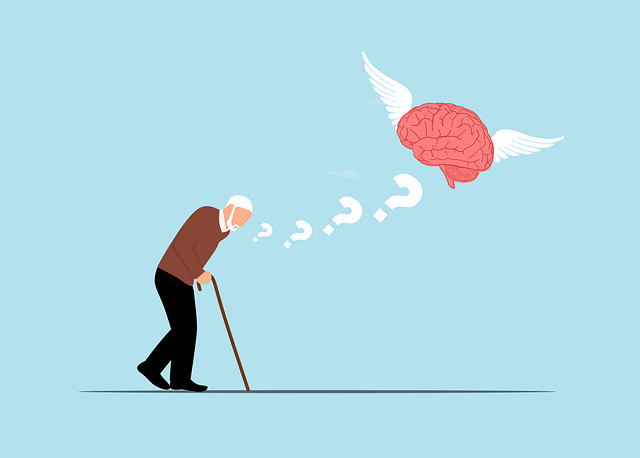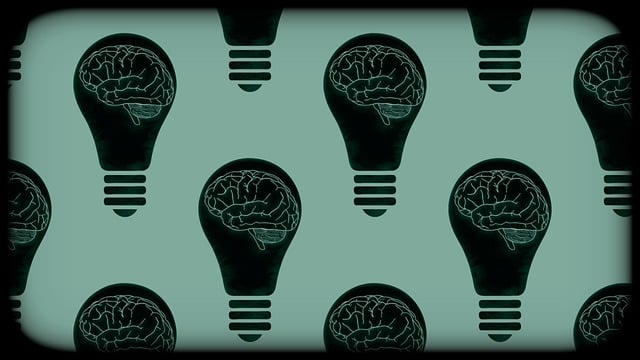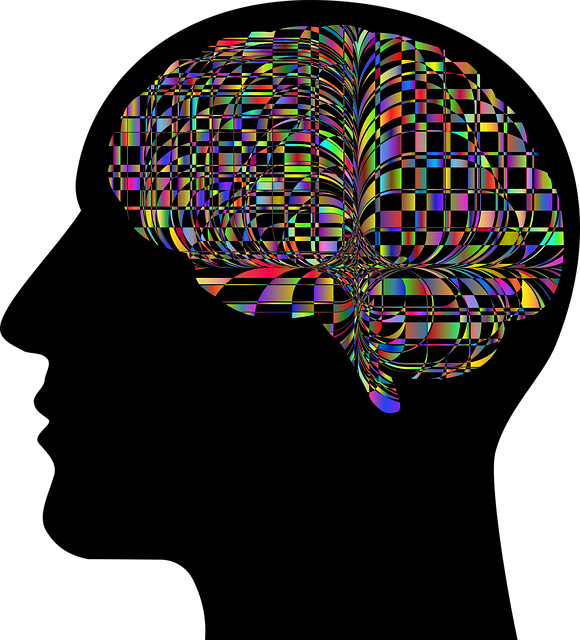The pervasive stigma around mental illness hinders individuals from seeking help and maintaining good mental health, leading to discrimination and social exclusion. Wheat Ridge Children's Therapy recognizes that understanding stigma is key to reduction efforts, offering guidance, resilience building, mood management techniques, and stigma-busting initiatives to empower children and adolescents to openly discuss their experiences and seek professional support. They provide evidence-based practices tailored to young individuals' unique needs, focusing on discretion and acceptance. Breaking down mental health stigma requires a multifaceted approach including open conversations, mindfulness practices, public awareness campaigns, education in schools, and positive media representations, all of which create supportive environments for those facing mental health challenges, similar to the services offered by Wheat Ridge Children's Therapy.
Mental illness stigma is a pervasive barrier to seeking help, yet reducing it is crucial for improving mental health outcomes. This article explores various facets of stigma reduction efforts, featuring case studies like Wheat Ridge Children’s Therapy, which provides a safe space for growth. We discuss effective strategies to break down community stigmas, highlight the power of education in shifting perspectives, and examine media representation as both tool and responsibility. By understanding stigma’s impact, we can foster more inclusive communities that support mental well-being.
- Understanding Stigma and its Impact on Mental Health
- Wheat Ridge Children's Therapy: A Safe Space for Growth
- Strategies to Break Down Stigma in Communities
- The Role of Education and Media Representation
Understanding Stigma and its Impact on Mental Health

Stigma surrounding mental illness is a pervasive issue that significantly impacts individuals’ willingness to seek help and maintain good mental health. It often manifests as negative attitudes, stereotypes, and beliefs about people with mental disorders, leading to discrimination and social exclusion. This stigma can have deep consequences for those affected, exacerbating their struggles and hindering their recovery journey. At Wheat Ridge Children’s Therapy, we recognize that understanding the nature of stigma is a crucial first step towards reduction efforts.
Perpetuated by lack of knowledge and awareness, stigma often contributes to the isolation and marginalization of individuals facing mental health challenges. It can discourage people from discussing their experiences openly, seeking professional support, or even acknowledging their struggles. This is particularly harmful for children and adolescents who are still developing coping mechanisms and identity. Crisis Intervention Guidance, Resilience Building, and Mood Management techniques, when coupled with stigma reduction efforts, can empower individuals to navigate these challenges more effectively, fostering a sense of acceptance and community that is essential for recovery.
Wheat Ridge Children's Therapy: A Safe Space for Growth

Wheat Ridge Children’s Therapy stands as a beacon of hope for young minds navigating mental health challenges. This specialized therapy center offers a safe and nurturing environment, fostering growth and healing through evidence-based practices tailored to children’s unique needs. By prioritizing discretion and acceptance, Wheat Ridge ensures kids feel empowered rather than stigmatized, encouraging open conversations about emotions and behaviors.
The therapists at Wheat Ridge are equipped to address various concerns, from managing anxiety and improving mood to teaching effective conflict resolution techniques. Through play therapy, individual counseling, and family sessions, they create a holistic approach that recognizes the interconnectedness of mental well-being within the home environment. This comprehensive strategy not only empowers children but also equips parents with tools to support their child’s mental health journey.
Strategies to Break Down Stigma in Communities

Breaking down the stigma surrounding mental illness requires a multifaceted approach that involves education and engagement within communities. One effective strategy is to foster open conversations about mental health, encouraging individuals to share their experiences and challenges. This can be facilitated through support groups, community forums, or even simple gatherings where people feel safe to discuss their struggles openly. Such initiatives aim to normalize conversations around mental health, reducing the perceived taboo.
Additionally, integrating practices like mindfulness meditation into community programs can help promote a sense of calm and understanding. Public awareness campaigns development centered on accurate information about various mental health conditions is another powerful tool. These efforts, combined with training for mental health professionals, including risk assessment techniques, can lead to more empathetic and informed communities. This holistic approach, as demonstrated by initiatives at Wheat Ridge Children’s Therapy, holds promise in creating a supportive environment where individuals can seek help without fear of judgment or discrimination.
The Role of Education and Media Representation

Education plays a pivotal role in stigma reduction efforts for mental illness. By integrating mental health topics into school curricula and community workshops, we can foster understanding, empathy, and early intervention. Educating both young people and adults about emotional intelligence, mood management techniques, and the various manifestations of mental illness helps to dispel myths and reduce fear. This, in turn, encourages individuals to seek help without stigma, enabling them to access essential services like those offered by Wheat Ridge Children’s Therapy.
Media representation is another powerful tool in this battle. Portrayals of individuals with mental health conditions in films, television shows, and literature can significantly influence public perception. Positive media narratives that highlight the emotional healing processes, resilience, and diverse experiences of people living with mental illness can counteract negative stereotypes. Responsibly showcasing these stories can encourage viewers to view mental illness as a human experience rather than a source of shame, ultimately contributing to a more compassionate and supportive societal environment.
Mental illness stigma reduction is a multifaceted approach that includes creating safe spaces like Wheat Ridge Children’s Therapy, implementing community education strategies, and encouraging positive media representation. By addressing these areas, we can foster understanding, empathy, and support for those facing mental health challenges. Initiatives aimed at breaking down stigma are crucial steps towards ensuring everyone receives the help they need without fear of judgment or discrimination.














